Nitecore P22R Flashlight Review
On the table today for review is the new Nitecore P22R Flashlight. It’s a tactical light, with quite a rounded-out package. Read on!
Official Specs and Features
Here’s a link to the Nitecore P22R Flashlight product page.
Versions
Just the one version.
Price
This light goes for $109.95 on NitecoreStore.com (referral link.)
Short Review
This is a neat light, with quite an impressive package. I like the USB-C addition, and the cover for it is novel and clever. Overall the light is longer than I’d like, but the switch and paddle switch work nicely. The hard holster is good and allows full operation of the light.
Long Review
The Big Table
| Nitecore P22R | |
|---|---|
| Emitter: | Cree XHP35 HD |
| Price in USD at publication time: | $109.95 |
| Cell: | 1×18650 |
| Turbo Runtime | High Runtime |
| LVP? | Yes |
| Switch Type: | Dual |
| On-Board Charging? | Yes |
| Chargetime | |
| Power off Charge Port with no Cell? | No |
| Claimed Lumens (lm) | 1800 |
| Measured Lumens (at 30s) | 1612 (89.6% of claim)^ |
| Candela per Lumen | 10.4 |
| Claimed Throw (m) | 262 |
| Candela (Calculated) in cd (at 30s) | 836lux @ 4.662m = 18170cd |
| Throw (Calculated) (m) | 269.6 (102.9% of claim)^ |
| All my Nitecore reviews! | |
^ Measurement disclaimer: Testing flashlights is my hobby. I use hobbyist-level equipment for testing, including some I made myself. Try not to get buried in the details of manufacturer specifications versus measurements recorded here; A certain amount of difference (say, 10 or 15%) is perfectly reasonable.
What’s Included
- Nitecore P22R Flashlight
- 18650 to CR123x2 adapter
- Lanyard
- Charge cable (USB to USB-C)
- Spare o-ring
- Nitecore NL1835HP 3500mAh 18650
- Pocket clip
- Hard plastic belt holster
- Lanyard
- Manual etc
Package and Manual
Build Quality and Disassembly
The build quality is typical Nitecore quality. It’s very good.
The light is long though, so you’ll want to consider that.
A bit of cooling around the head.
The tailcap is also surprisingly long – really it’s where the bulk of the length becomes “extra”. The tailcap houses the charge port, and the dual switch.
The threads are unanodized, which does mean that mechanical lockout is not possible. Actually, it’s kind of interesting – the thread setup does the opposite of a lockout in this light. When the cap is tightened, it works like you’d expect (ie both switches operate normally). When you back the tailcap off just a little with the light on, both switches stop doing anything, and the light stays on. Maybe that’s a feature, but it’s certainly unusual. Not a problem though, because that’s not anything you’d do accidentally.
Both head and tail get thick springs, as you’d expect on a tactical light.
Size and Comps
Length 152.8 mm / 6.01 in
Head Size 31.8 mm / 1.25 in
Weight 136 g / 4.79 oz
Retention and Carry
The holster is probably going to be the main or preferred way to carry this light. It features prominently in the branding and packaging. It’s a very big, very adequate holster. It attaches to the belt, and will generally allow bezel down carry. Both the bezel and the switches are accessible while the light is in the holster.
There’s also this very thick pocket clip.
This clip can go in any of three places, reasonably allowing bezel up or down carry on a belt. The clip is a friction-fit clip and is quite thick.
The holster may be used even while the pocket clip is in place.
Note below how the light fits very specifically into the holster.
The belt area of the holster is adjustable, ostensibly for different-sized belts.
Power and Runtime
The P22R is powered by a single 18650 cell. The package from NitecoreStore includes a capable 3500mAh Nitecore branded 18650.
Also included is a 18650 to CR123x2 adapter.
Below, see a couple of runtimes. The output doesn’t quite hit the spec, but it’s just about within the 10% window that I consider reasonable based on my test setup. There is no hard shutoff for LVP, but the output steps down to a useless PWM-y area, so you’ll certainly notice that the cell should be charged.
High output is extremely well regulated.
Charging
Also included is charging via USB-C. The port cover is built into the light (so you won’t lose it), and just twists over the port and back. It’s very smooth.
Nitecore includes a cable – USB to USB-C. I presume this means USB-C to USB-C (and Power Delivery) isn’t a feature of this light…. and based on the charge rate that’s probably right.
The charge rate is “slow” but probably “right” for an 18650. One amp charging is plenty for an 18650.
During charging, the indicator blinks. When charging is complete, the indicator is solid blue.
Charging the light also disables output (even if the light was on before connection.) When removed from charging, the light will resume the previous mode.)
Note: when a cell is installed, a little blue indicating led beside the switches indicates the cell voltage. The indicator blinks the ones, then the tenths after a pause. So 3 blinks, pause, 2 blinks is a cell voltage of 3.2V. (For CR123x2, the voltage indication is an average.)
Modes and Currents
| Mode | Mode Claimed Output (lm) | Claimed Runtime | Measured Lumens | Tailcap Amps |
|---|---|---|---|---|
| Turbo | 1800 | 30m | 1612 | – |
| High | 380 | 3h30m | 423 | – |
| Mid | 75 | 18h | – | |
| Low | 1 | 250h | – | – |
Sorry, but I can’t measure tailcap amps in unusual button setups like this. I did try to trick it but was unable.
Pulse Width Modulation
No PWM to be seen.
For reference, here’s a baseline shot, with all the room lights off and almost nothing hitting the sensor. Also, here’s the light with the worst PWM I could find. I’m adding multiple timescales, so it’ll be easier to compare to the test light. Unfortunately, the PWM on this light is so bad that it doesn’t even work with my normal scale, which is 50 microseconds (50us). 10ms. 5ms. 2ms. 1ms. 0.5ms. 0.2ms. In a display faster than 0.2ms or so, the on/off cycle is more than one screen, so it’d just (very incorrectly) look like a flat line. I wrote more about this Ultrafire WF-602C flashlight and explained a little about PWM too.
User Interface and Operation
There are two switches on the P22R. The on/off is a mechanical, very proud, button. There’s also a paddle switch, which is flush with the edge of the tailcap (unusual). But it is a paddle switch; see the hinge on the side, below:
There are three mode groups on the P22R: Daily Mode, Law Enforcement Mode, and Tactical Mode. To switch between these groups, turn the light off then loosen the tailcap. Hold the Mode (paddle) button and tighten the tailcap. The emitter will blink to show the selected group, as follows:
1 blink: Tactical Mode
2 blinks: Law Enforcement Mode
3 blinks: Daily Mode
Tactical Mode: only Turbo and Strobe are available. Turbo is always memorized. Short press paddle to activate Strobe – short press it again to get back to Turbo.
Law Enforcement Mode: Only Mid, Turbo, and Strobe are available. Turbo is always memorized. Pressing “Mode” switches between Mid and Turbo. Long press the paddle to activate Strobe – short press it to get back to Turbo.
Daily modes are fairly standard and covered in the table.
| State | Action | Result |
|---|---|---|
| Off | Click Power Button (PB) | On (Last used mode (including Strobe!)) |
| On | Click PB | Off |
| On | Click MB (Mode Button, the paddle) | Mode advance (LMHT) |
| Off | Click MB | Strobe (Momentary) |
| On | Hold MB | Strobe (steady) |
| Strobe | Click MB | Return to last used mode |
LED and Beam
The emitter in this light is a CREE XHP35 HD. That emitter is surrounded by a medium-depth, smooth reflector.
Notice the bezel – there are very unusual little… bearings? in three places on this bezel. They aren’t removable, nor is the bezel.
These beamshots are always with the following settings: f8, ISO100, 0.3s shutter, and manual 5000K exposure.
Tint vs BLF-348 (KillzoneFlashlights.com 219b version) (affiliate link)
I compare everything to the Killzone 219b BLF-348 because it’s inexpensive and has the best tint!
Conclusion
What I like
- Robust package, including holster and cell
- High capacity cell
- Many mode groups
- Battery voltage check
- USB-C charging
What I don’t like
- Light is [too] long
- USB-C charging is not well-taken advantage of (no PD)
Notes
- This light was provided by Nitecore for review. I was not paid to write this review.
- This content originally appeared at zeroair.org. Please visit there for the best experience!
- For flashlight-related patches, stickers, and gear, head over to PhotonPhreaks.com!
- Use my amazon.com referral link if you’re willing to help support making more reviews like this one!
- Please support me on Patreon! I deeply appreciate your support!

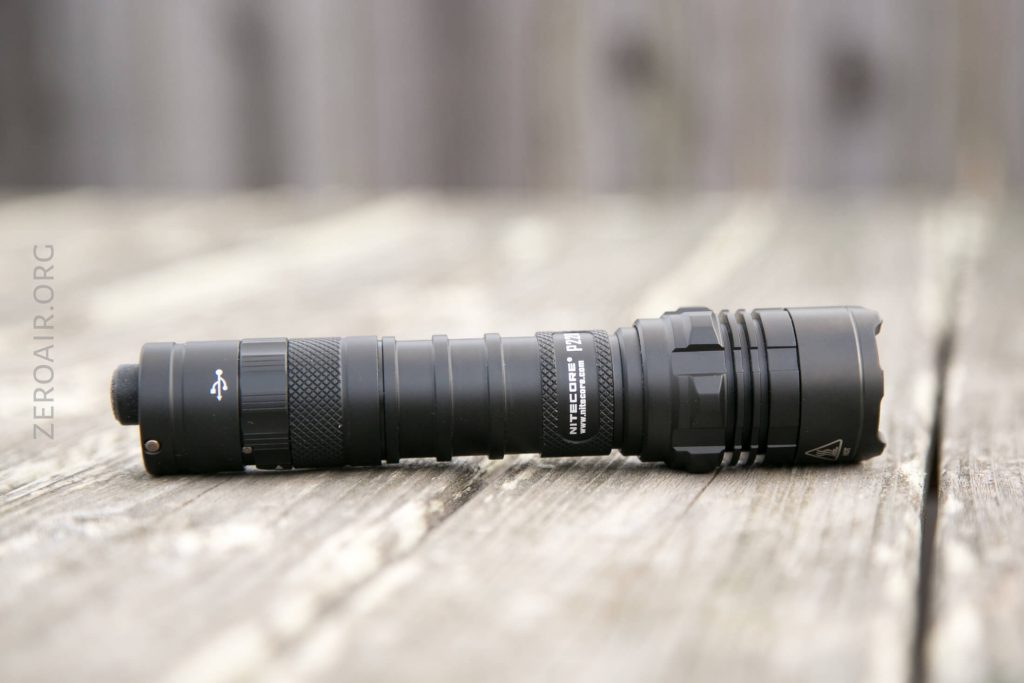


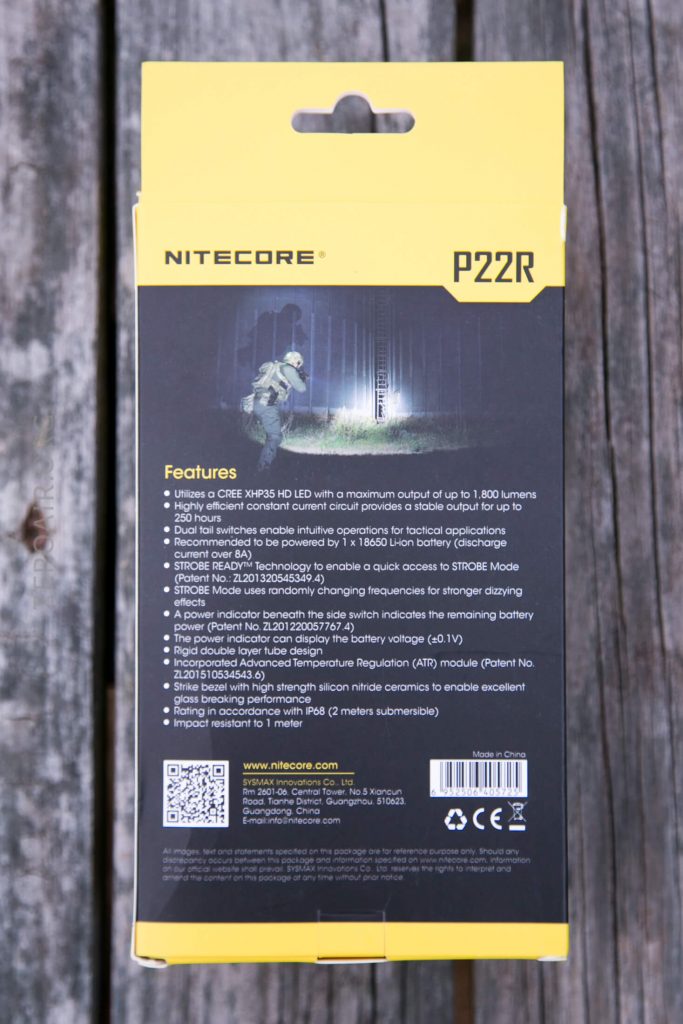



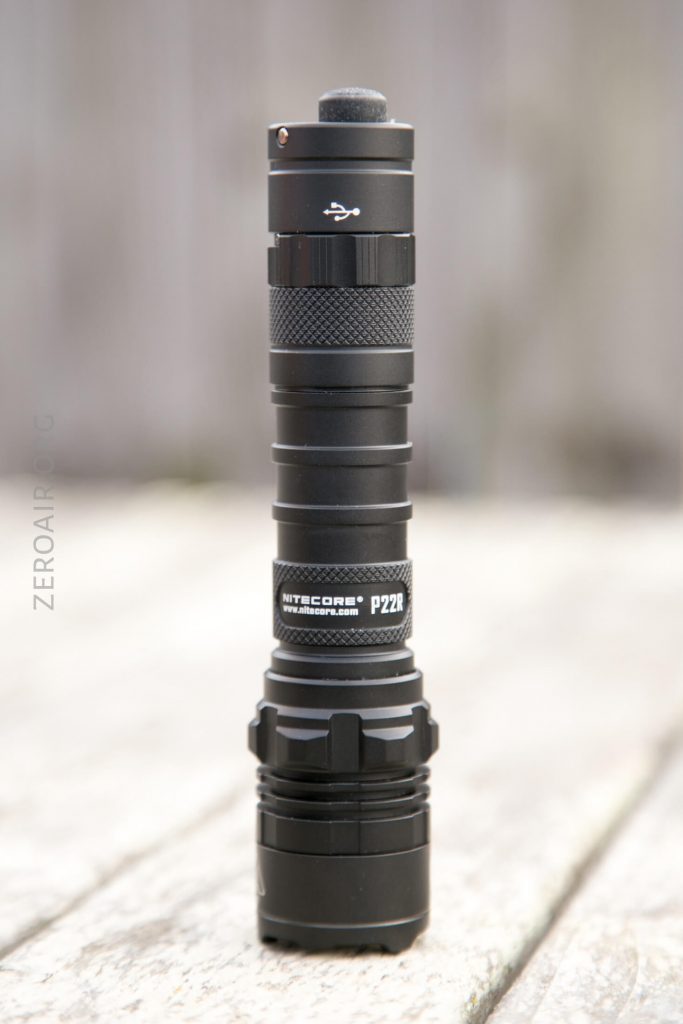
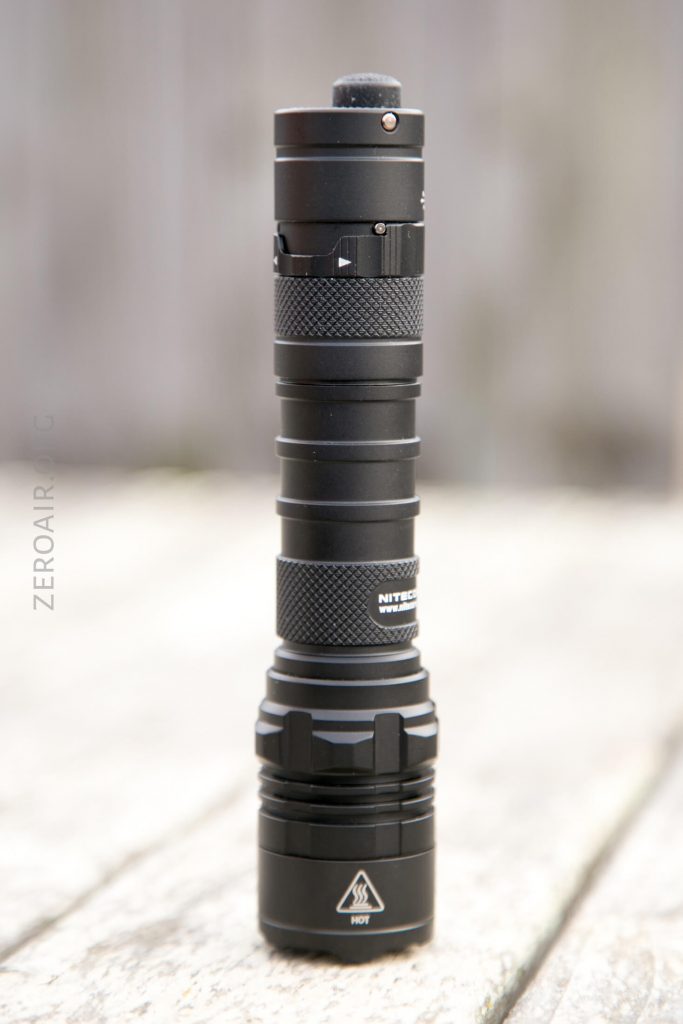

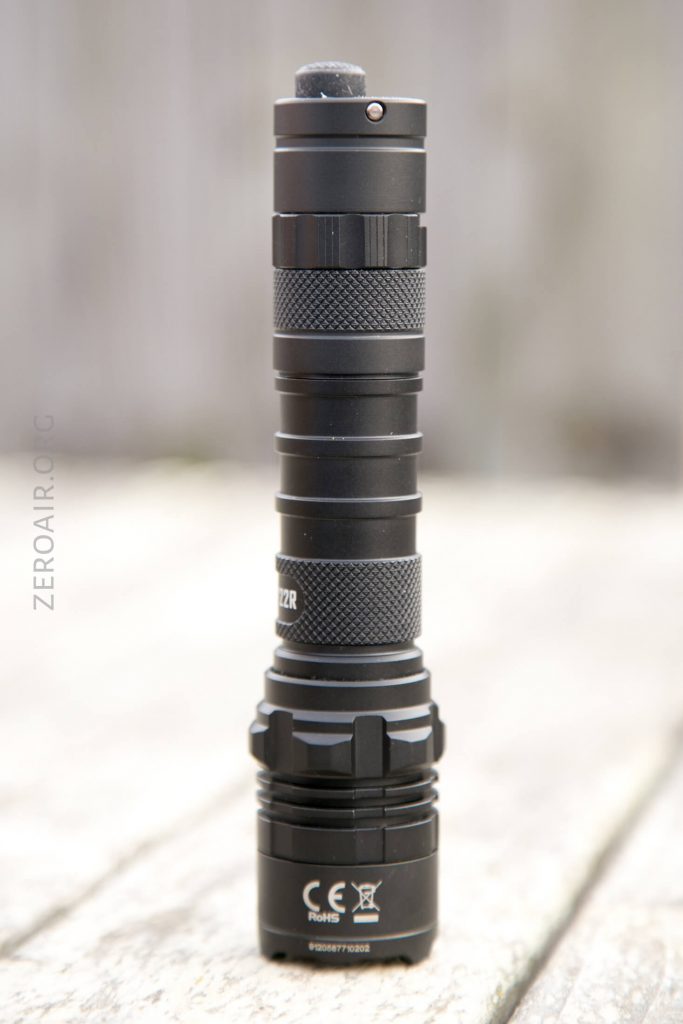

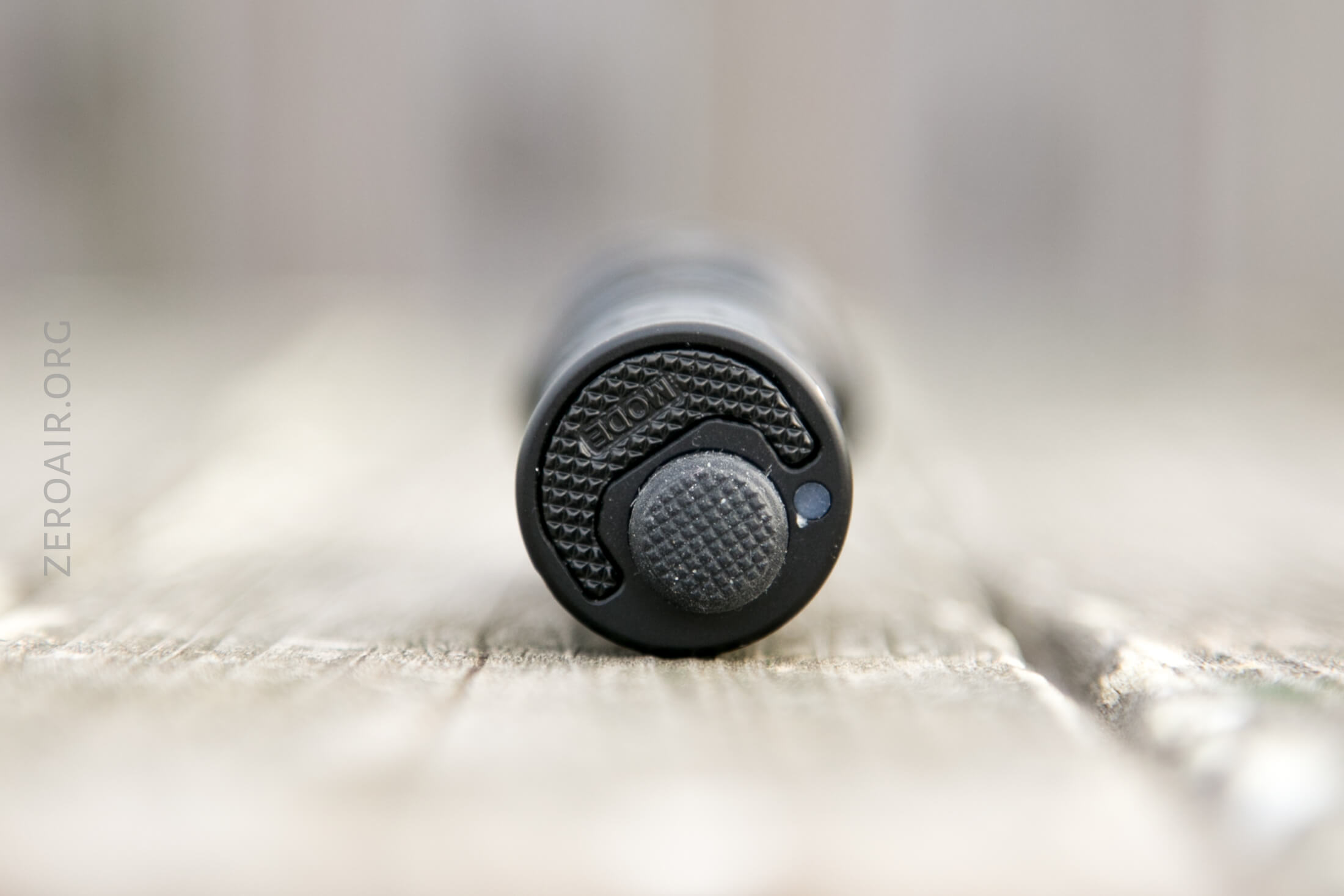






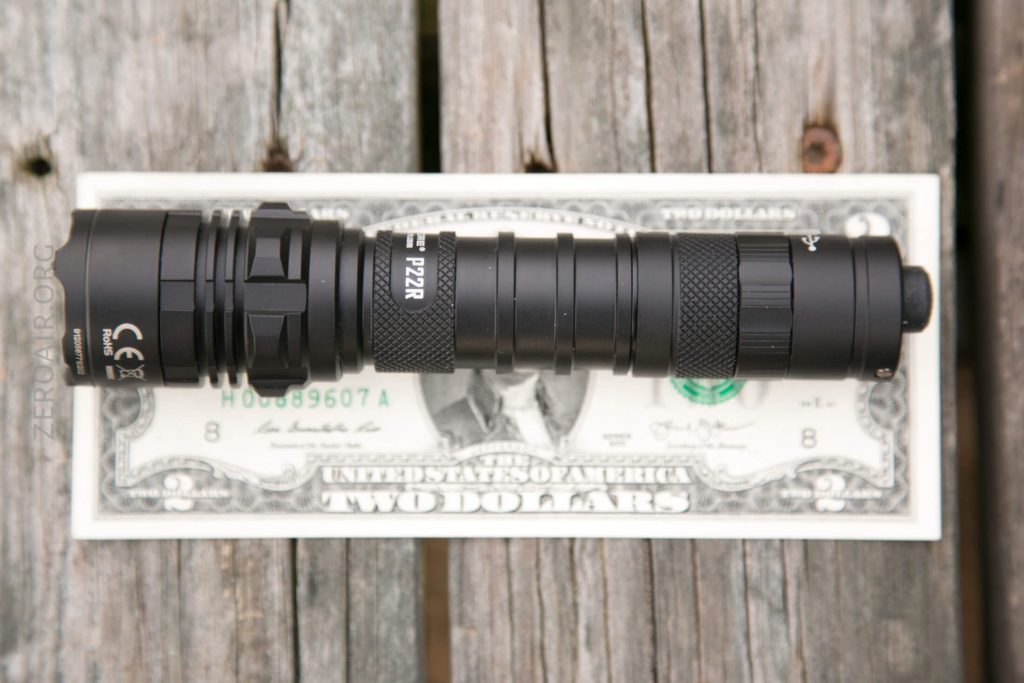


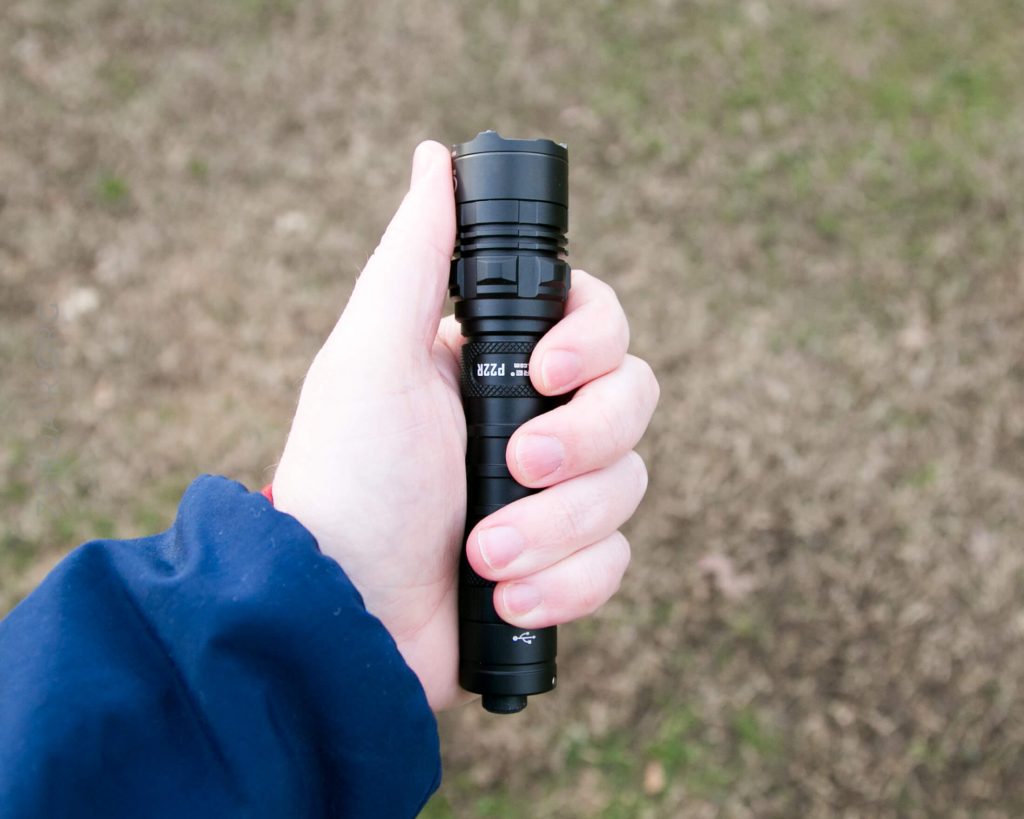

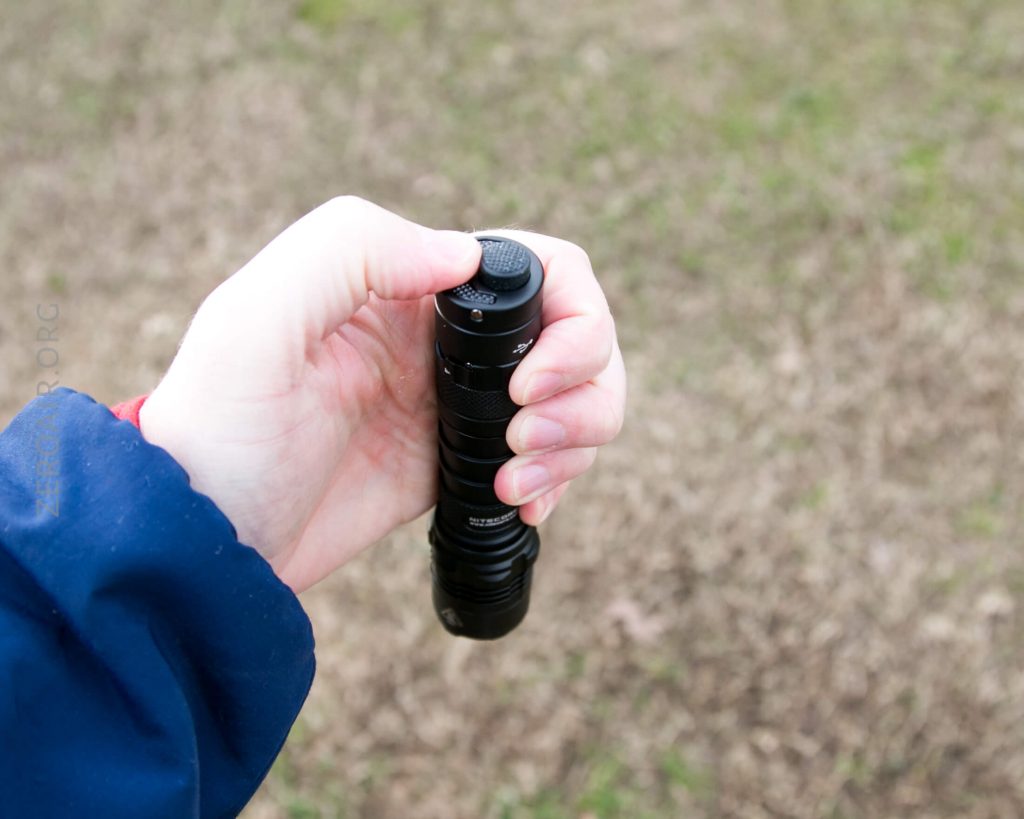
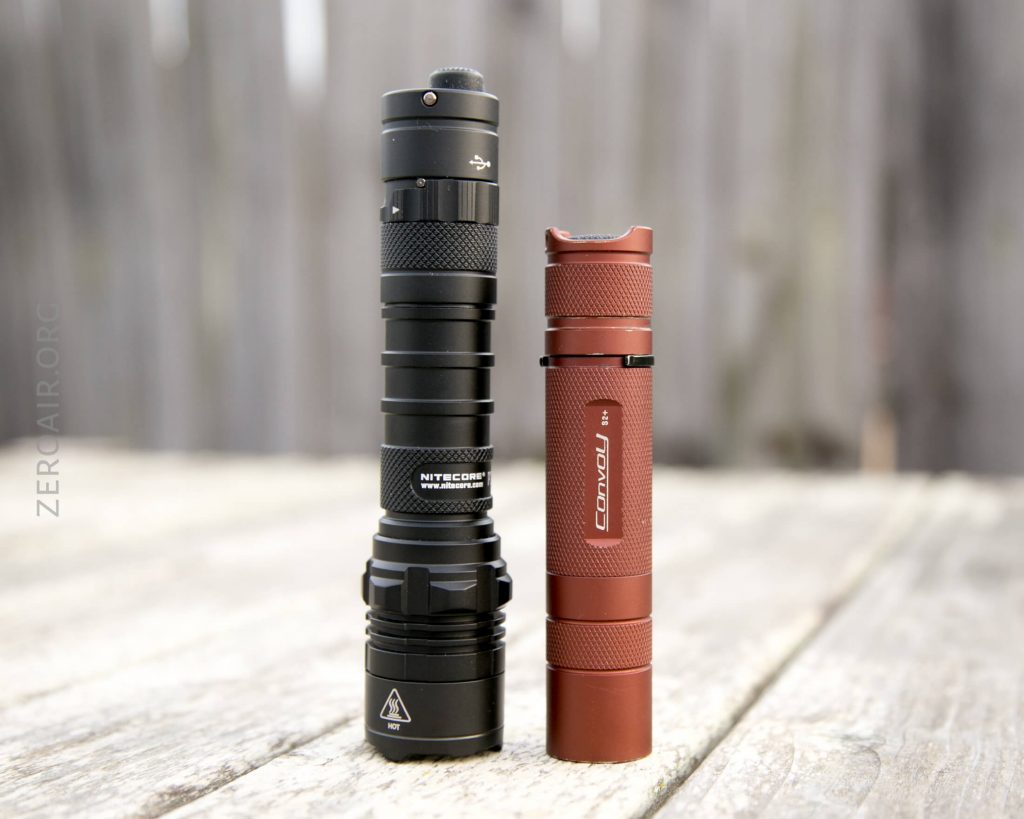
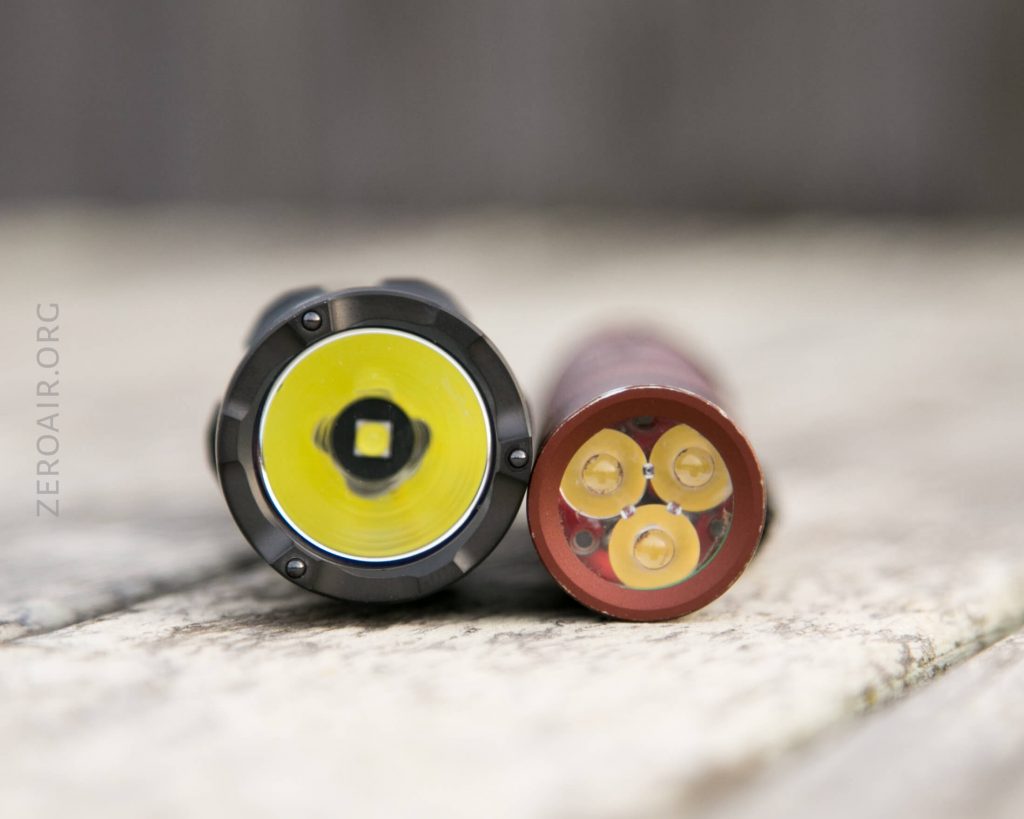

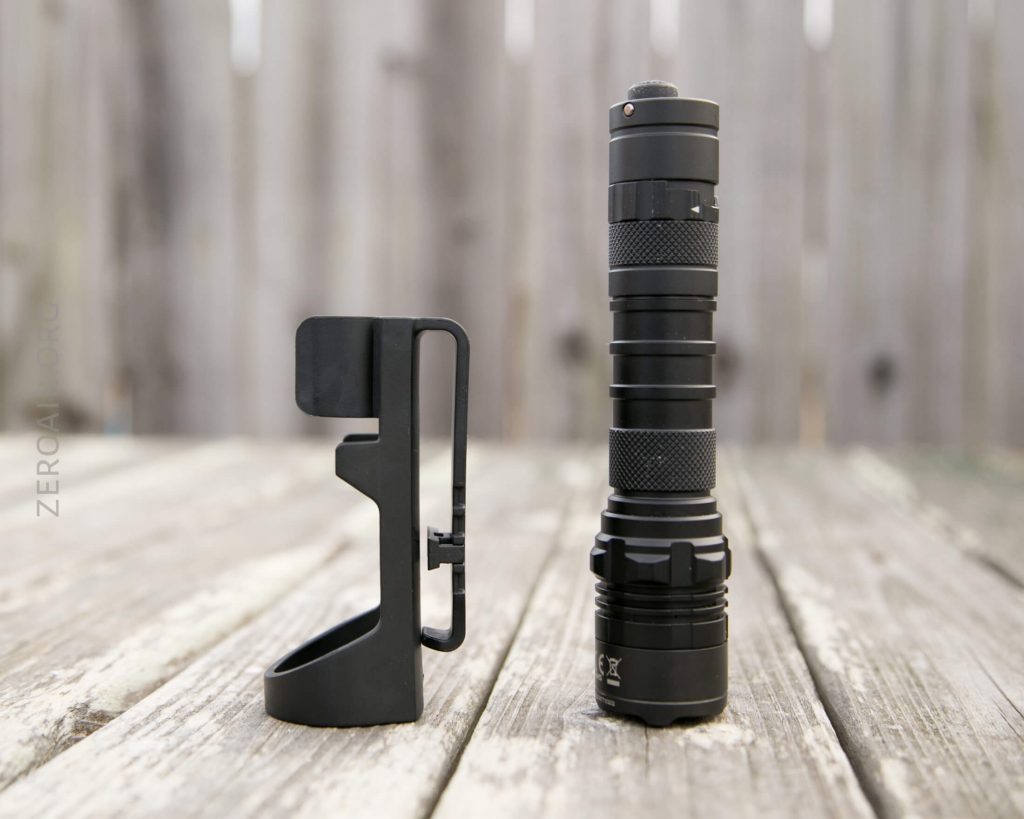
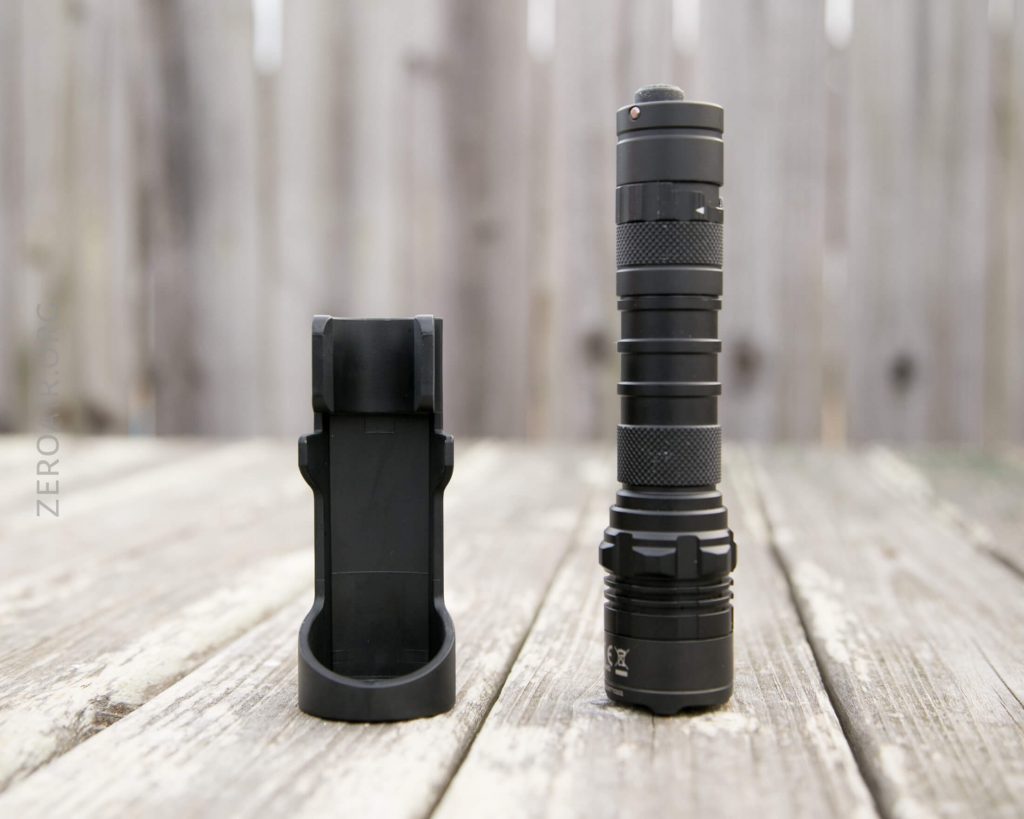



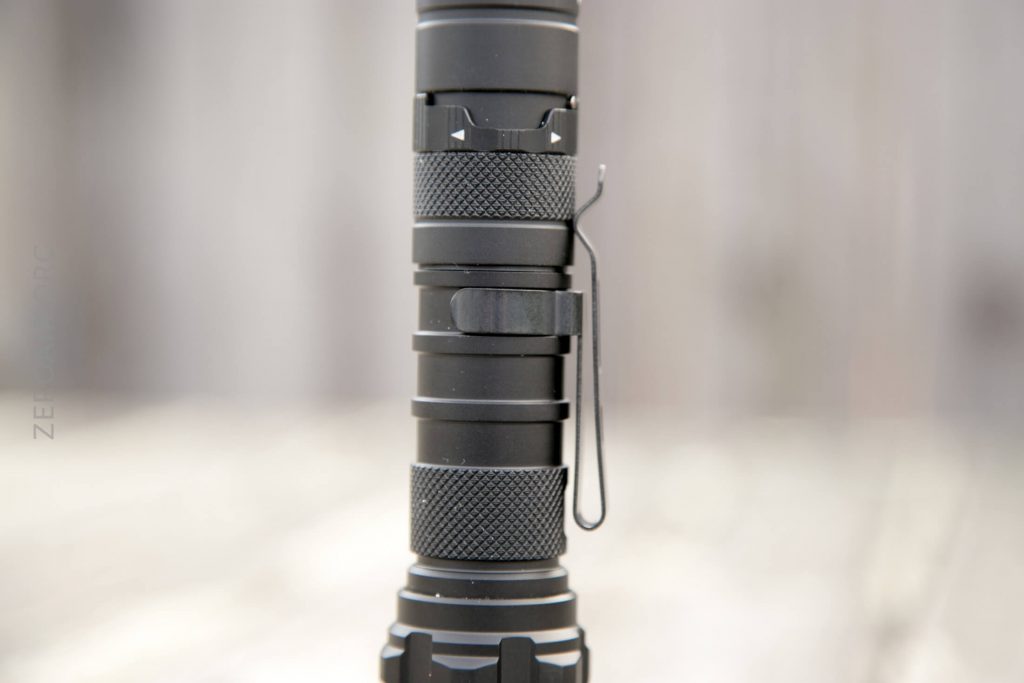
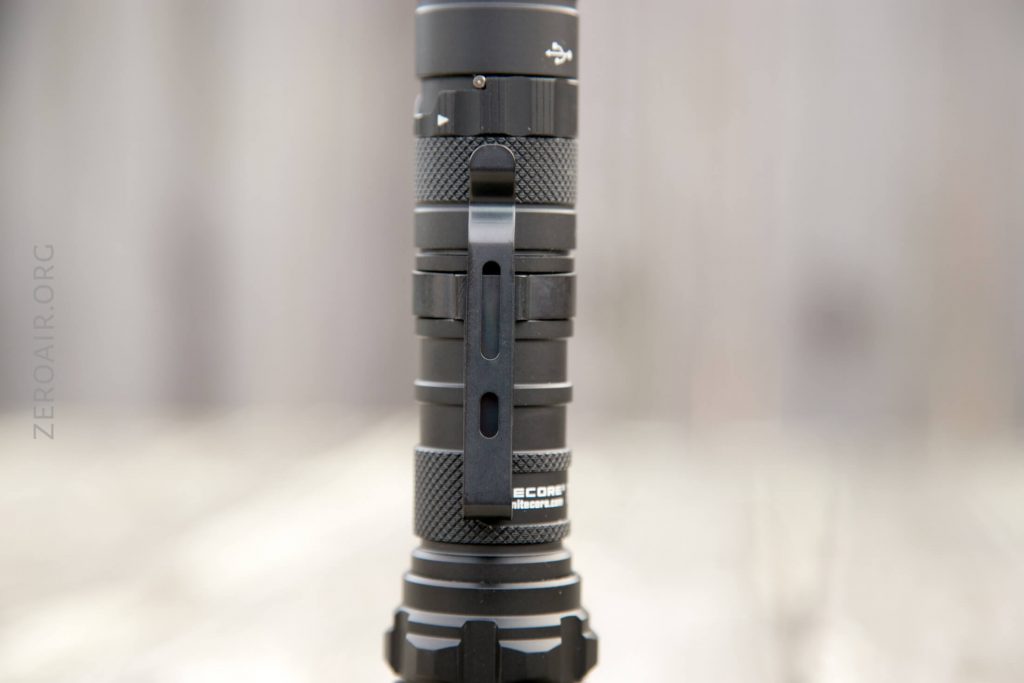

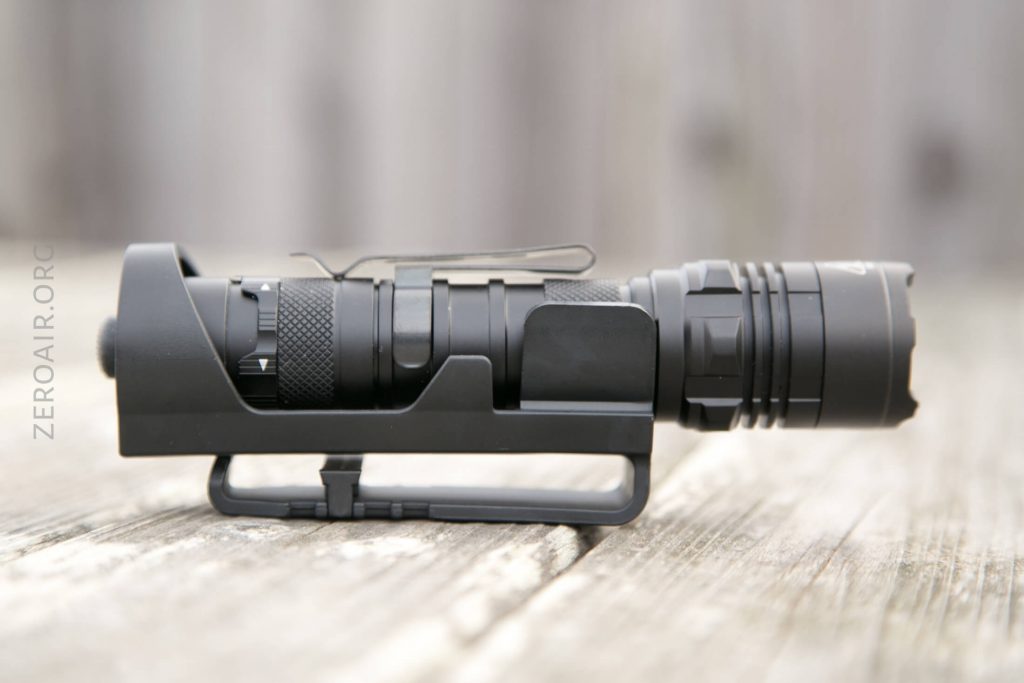
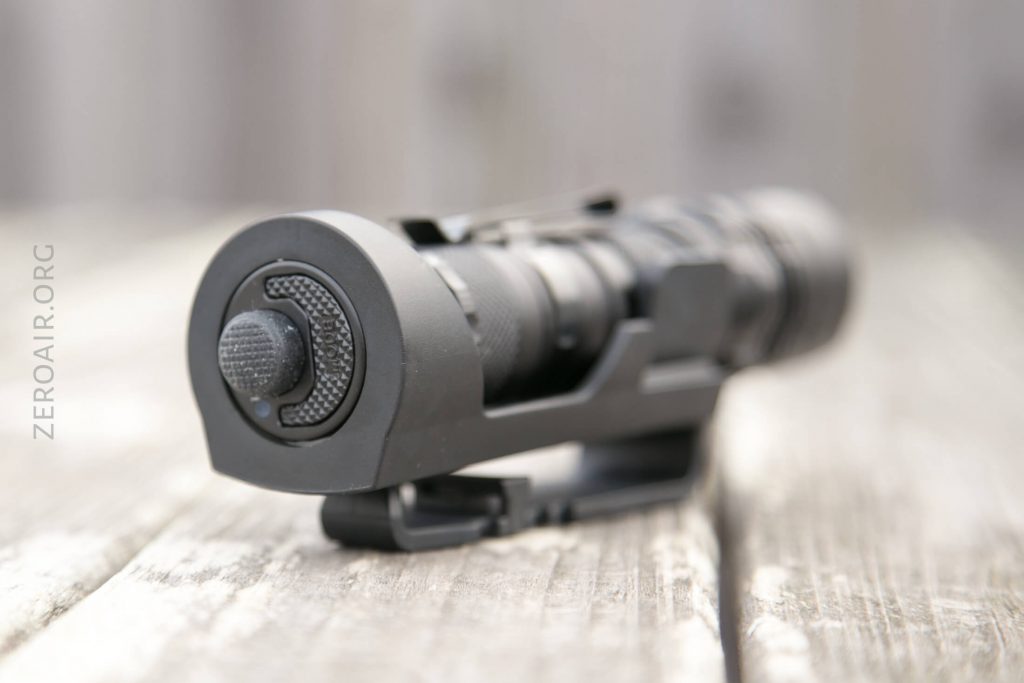
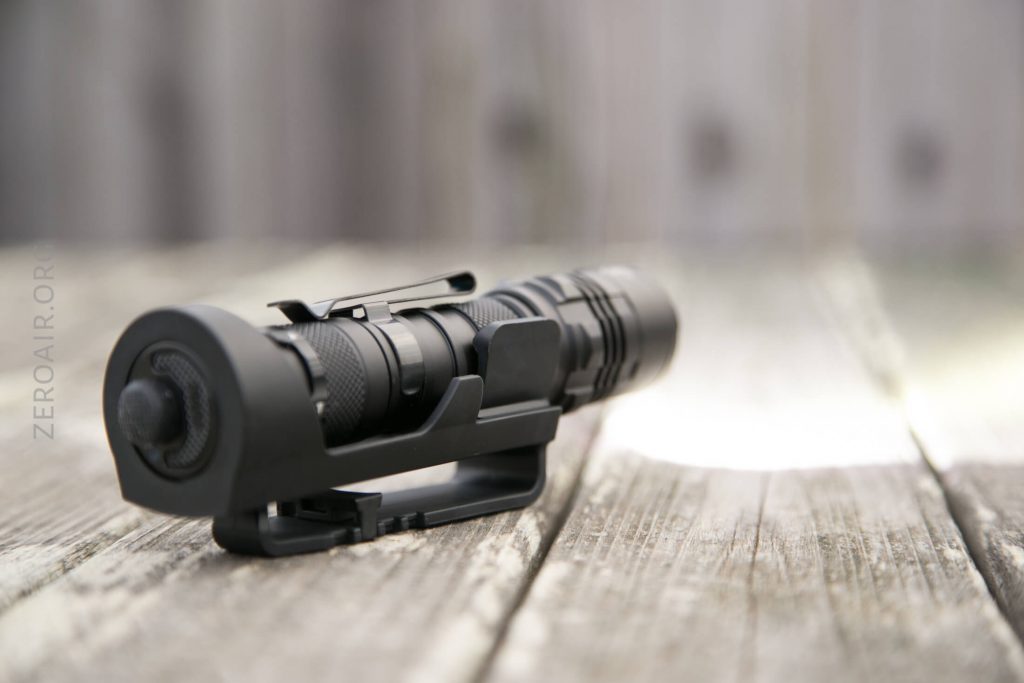

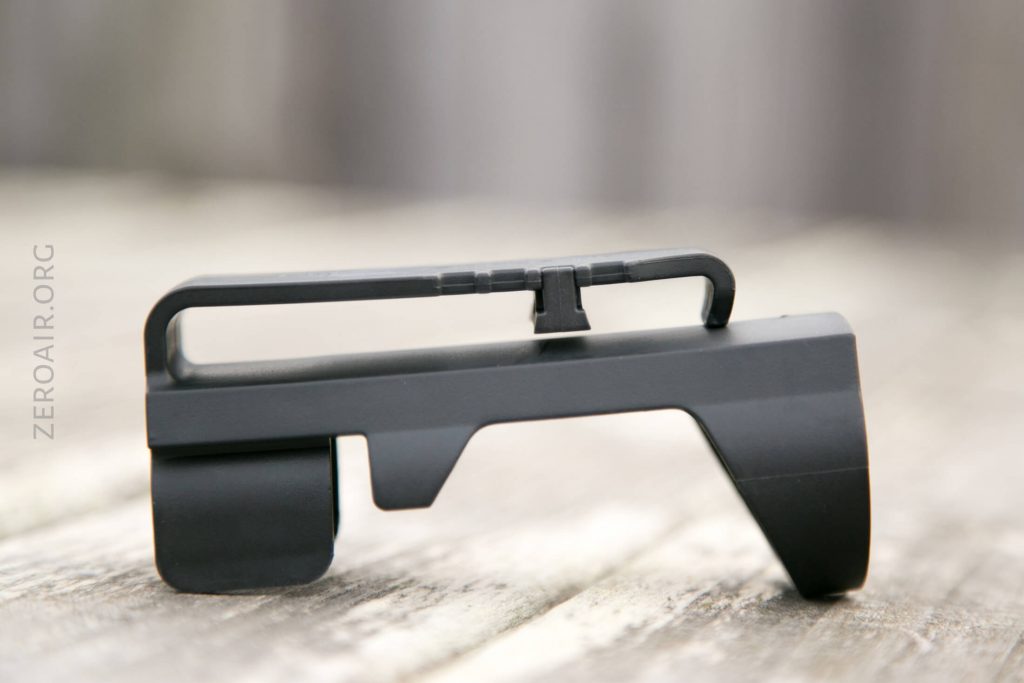
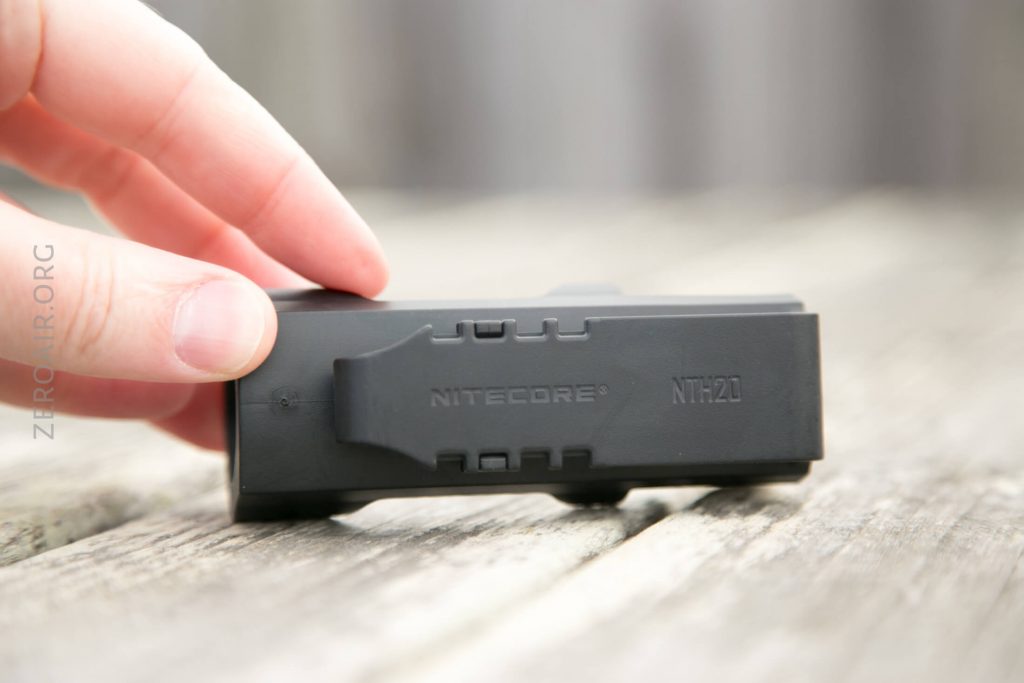



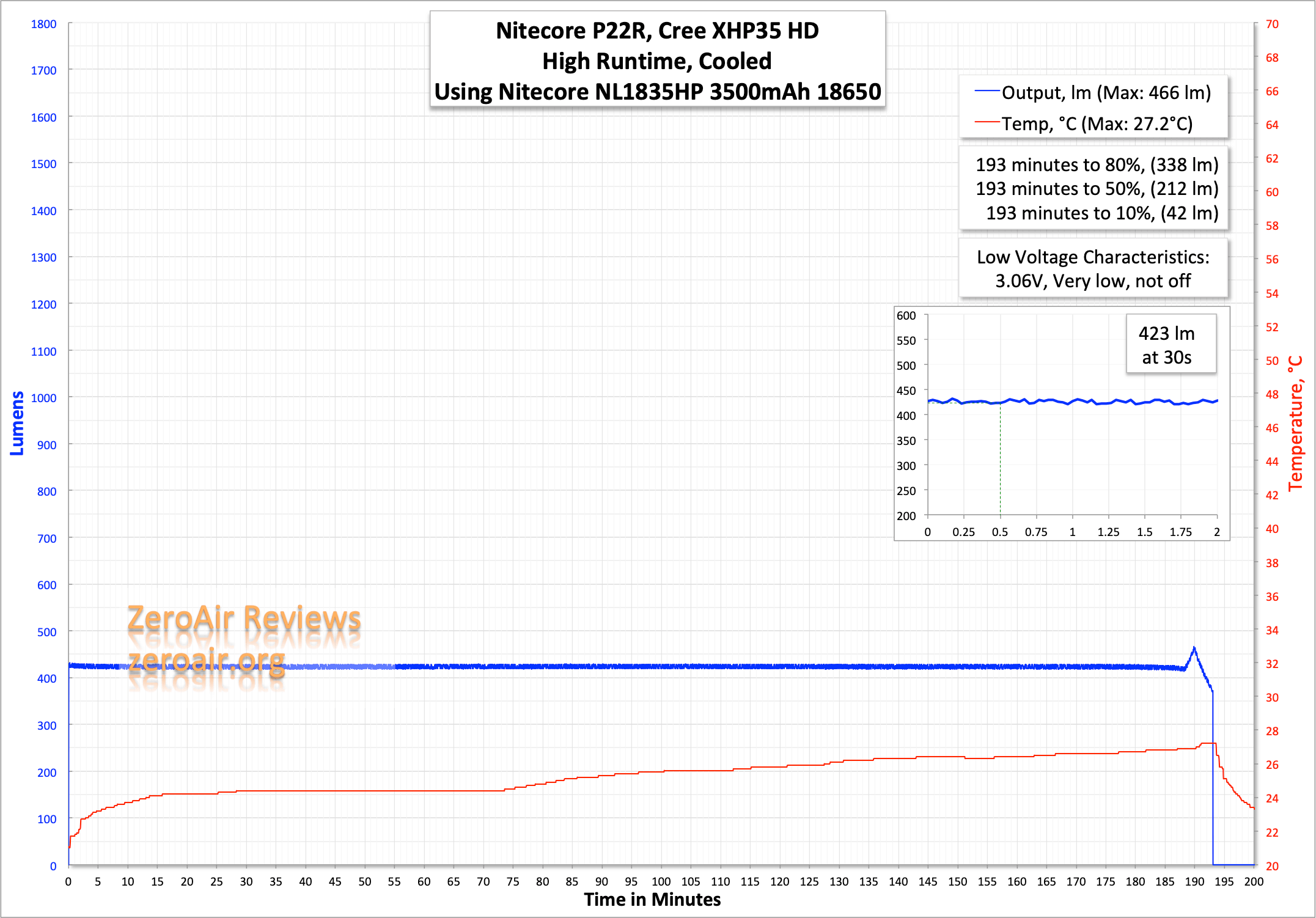
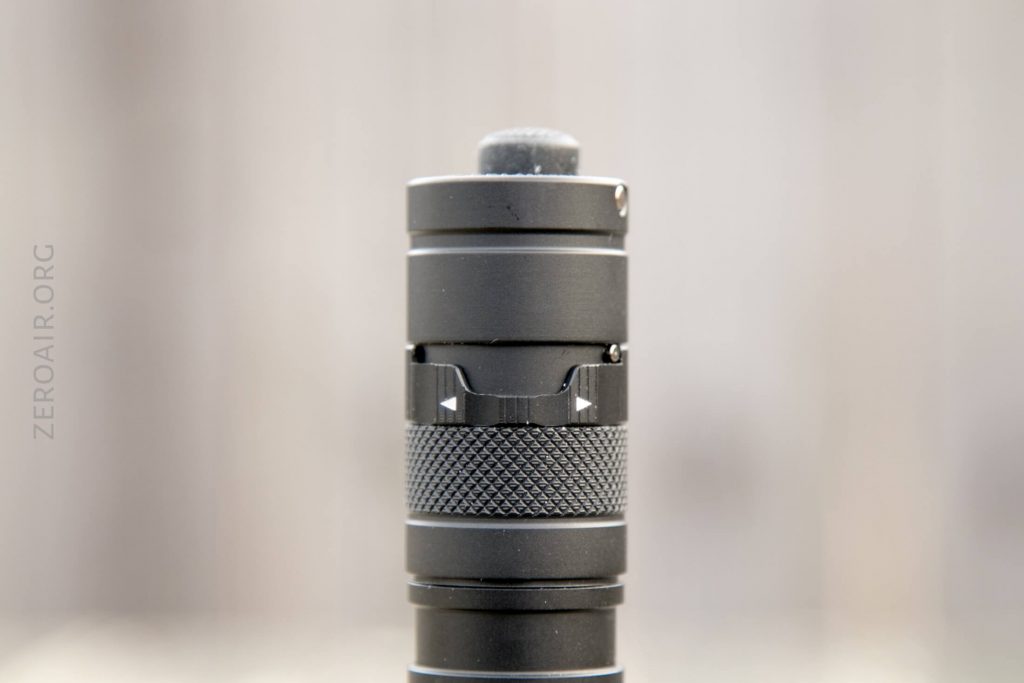
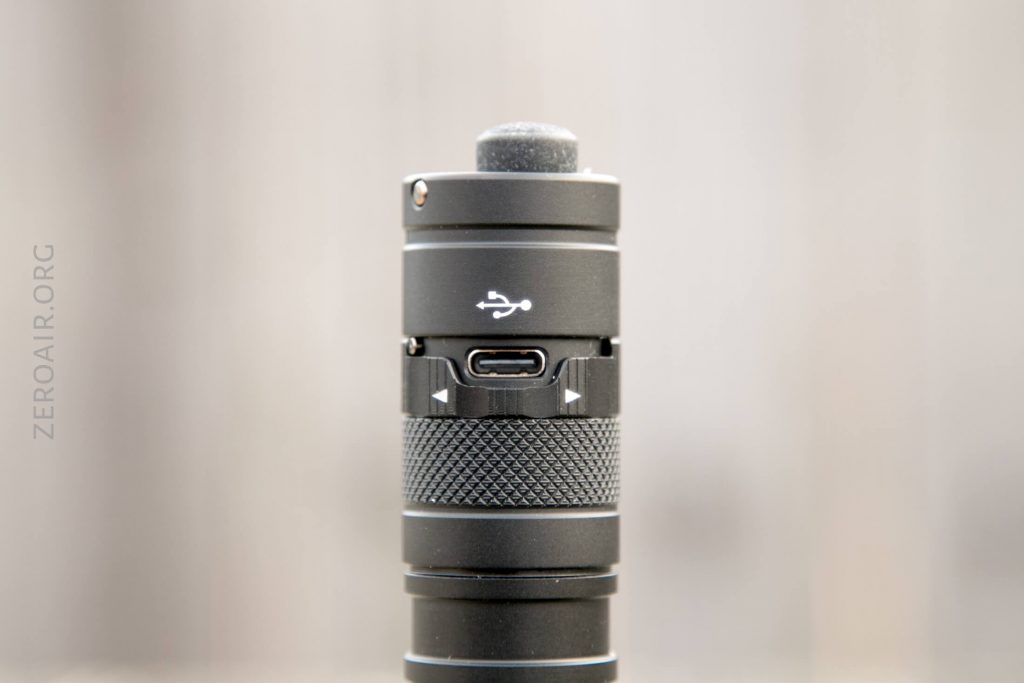
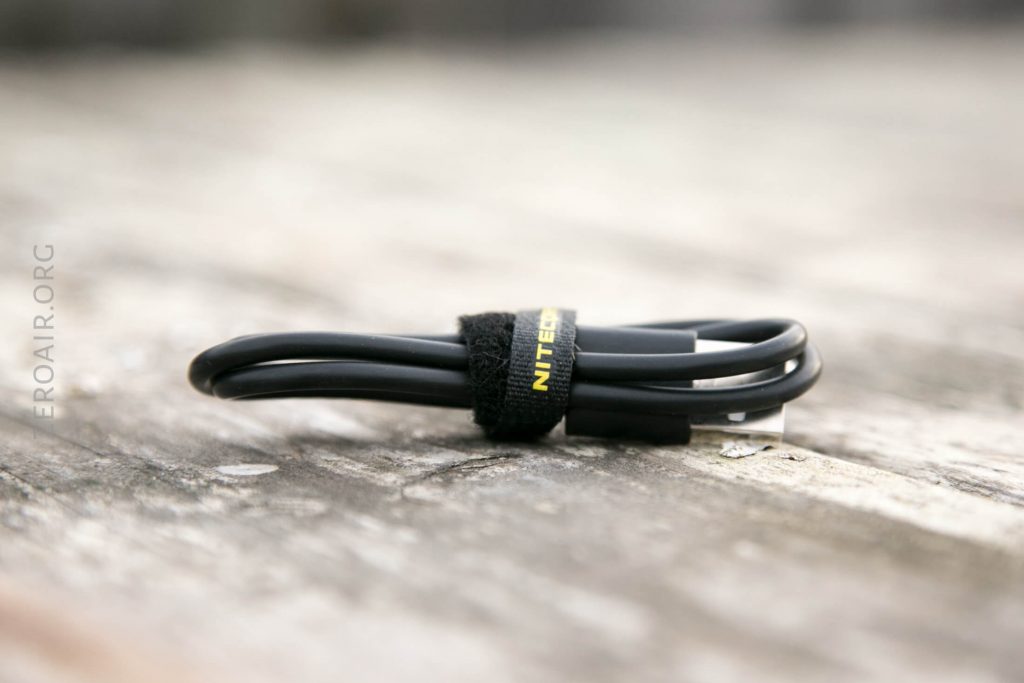
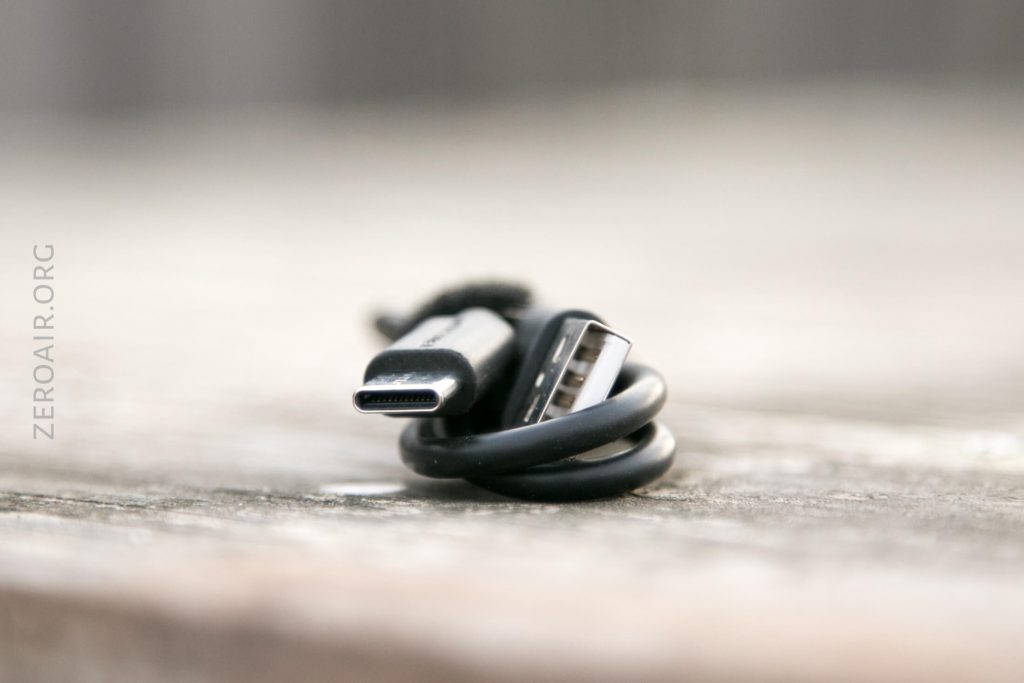



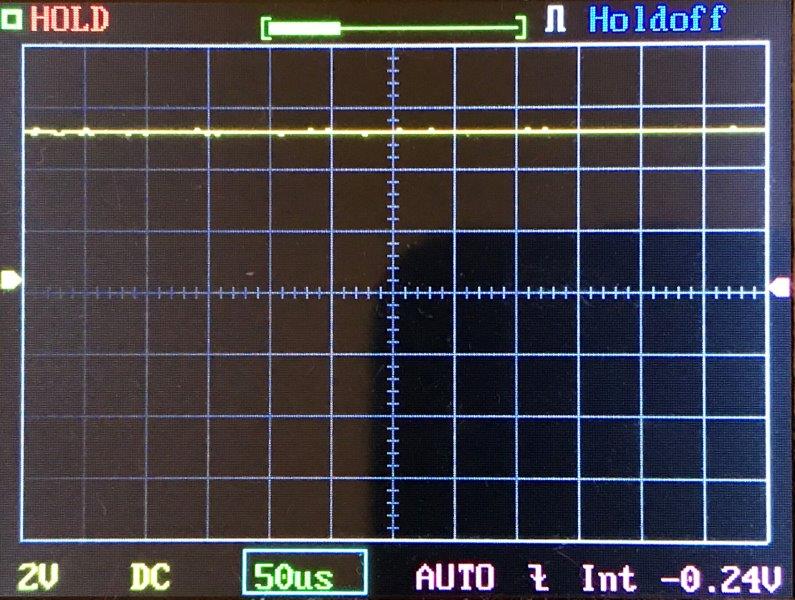
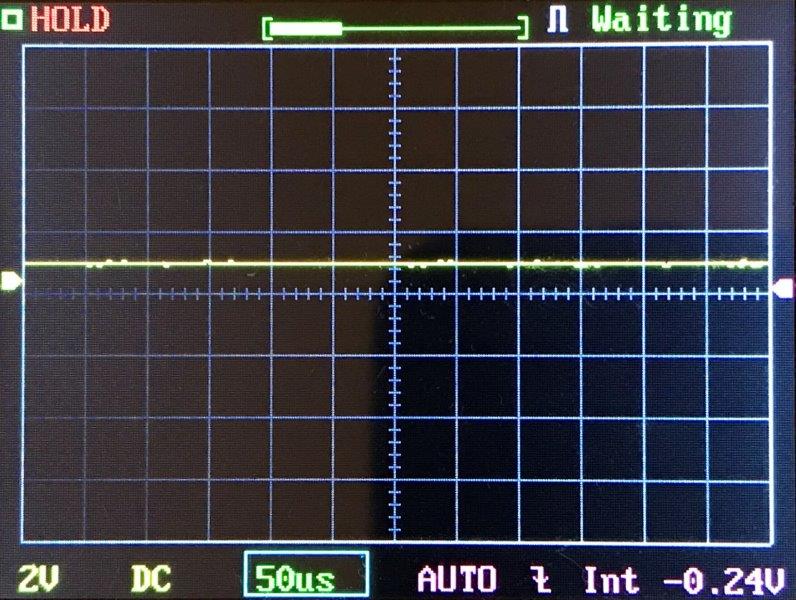



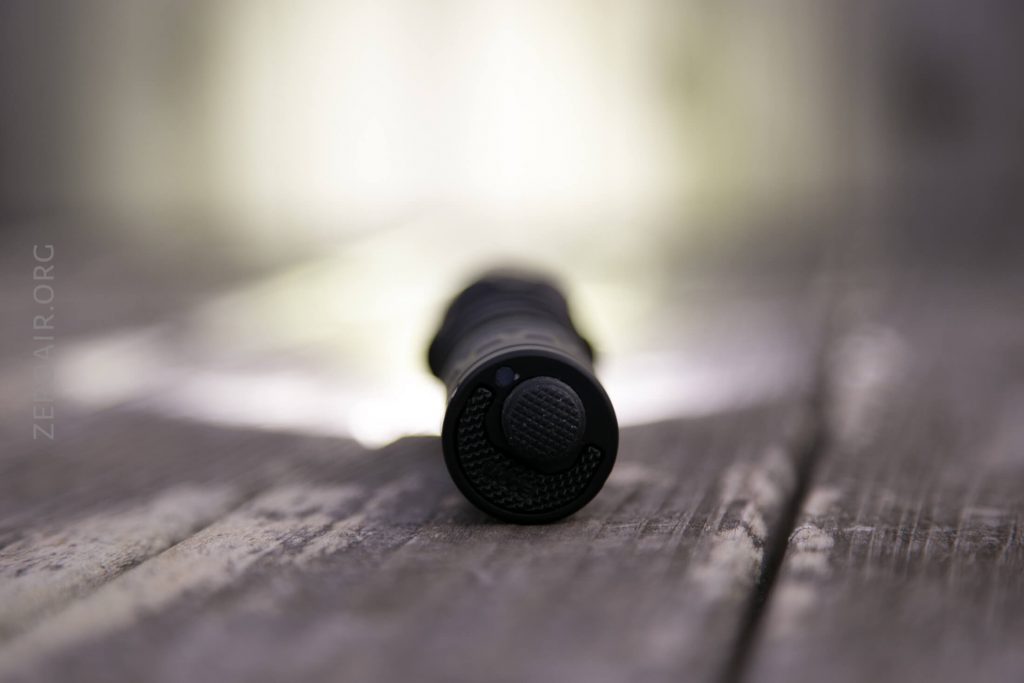
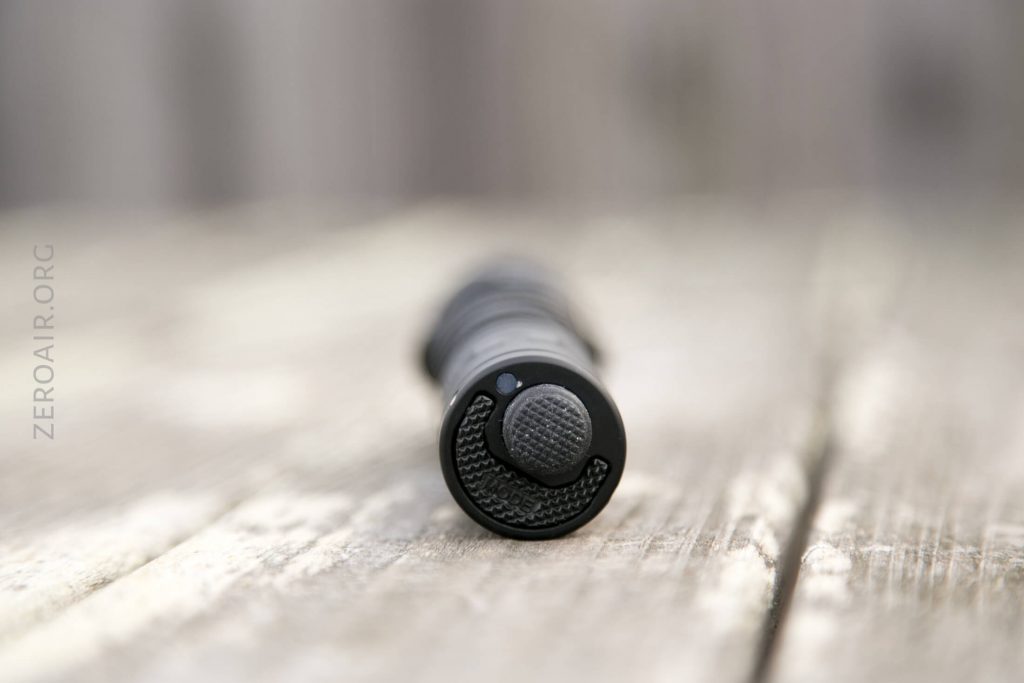
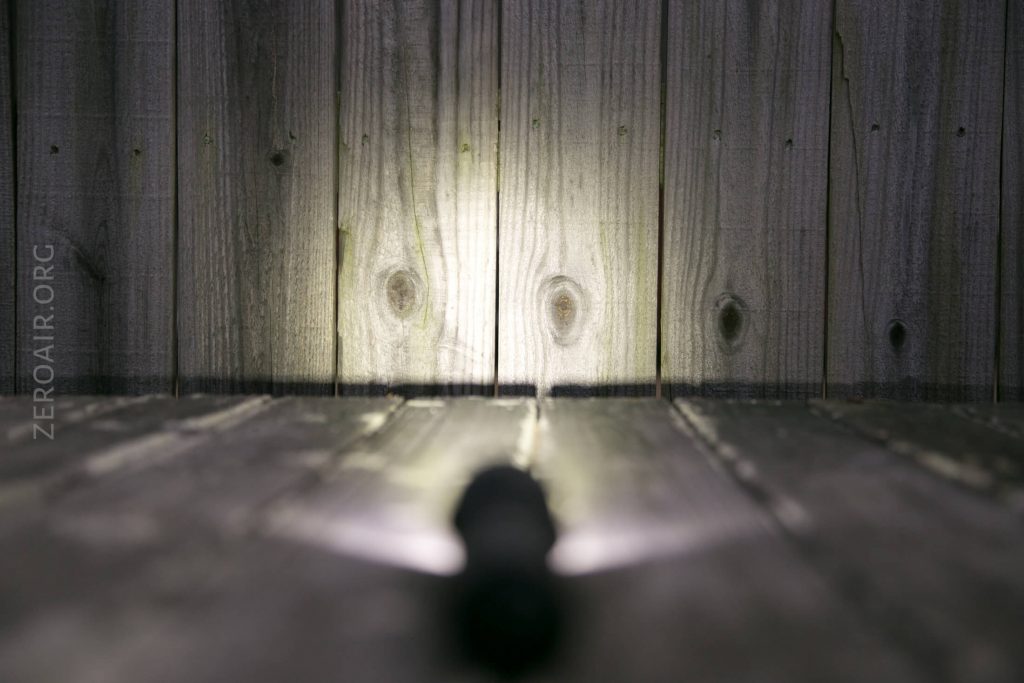
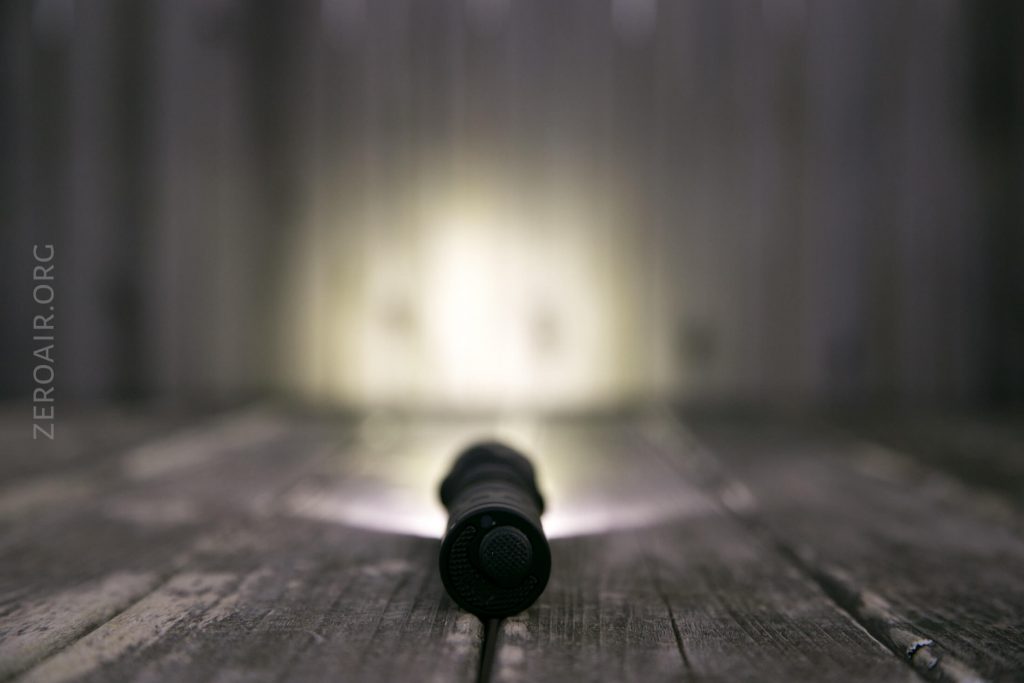

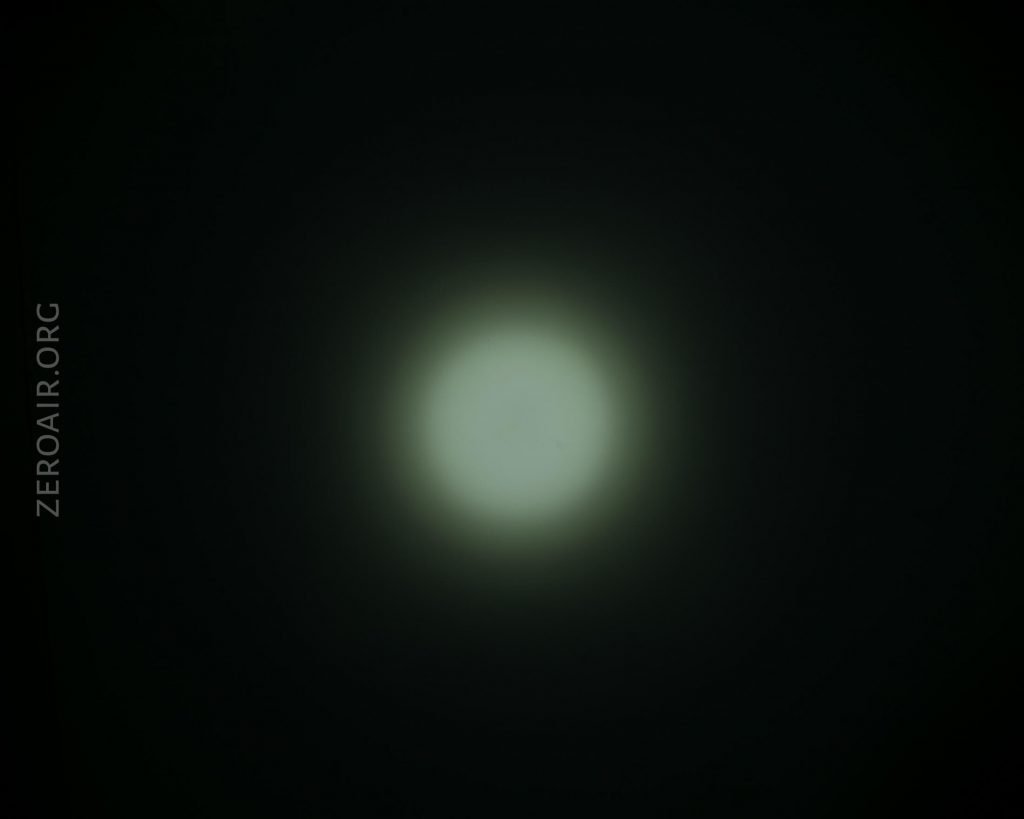
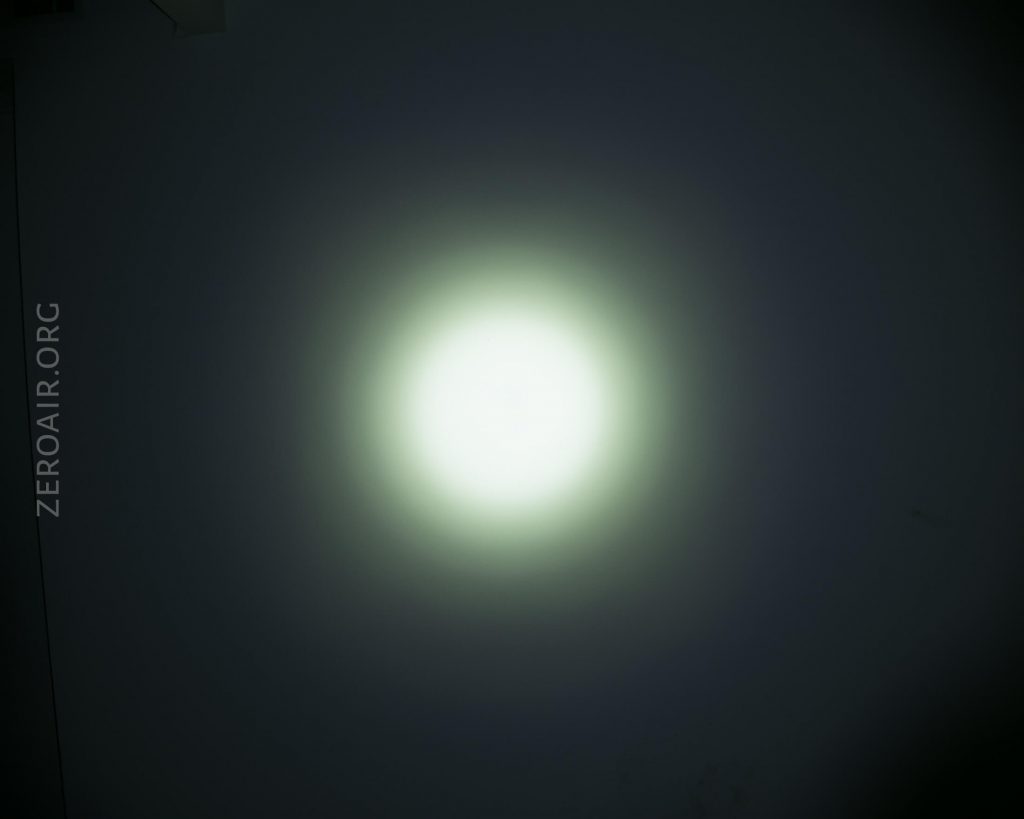
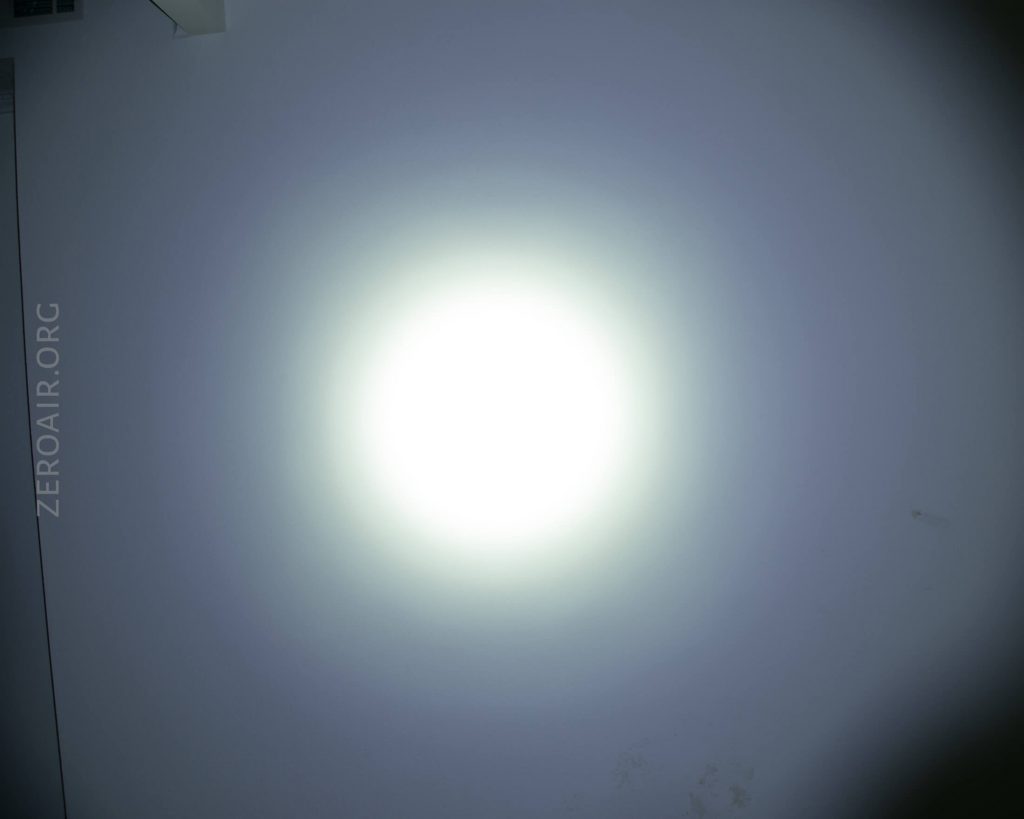
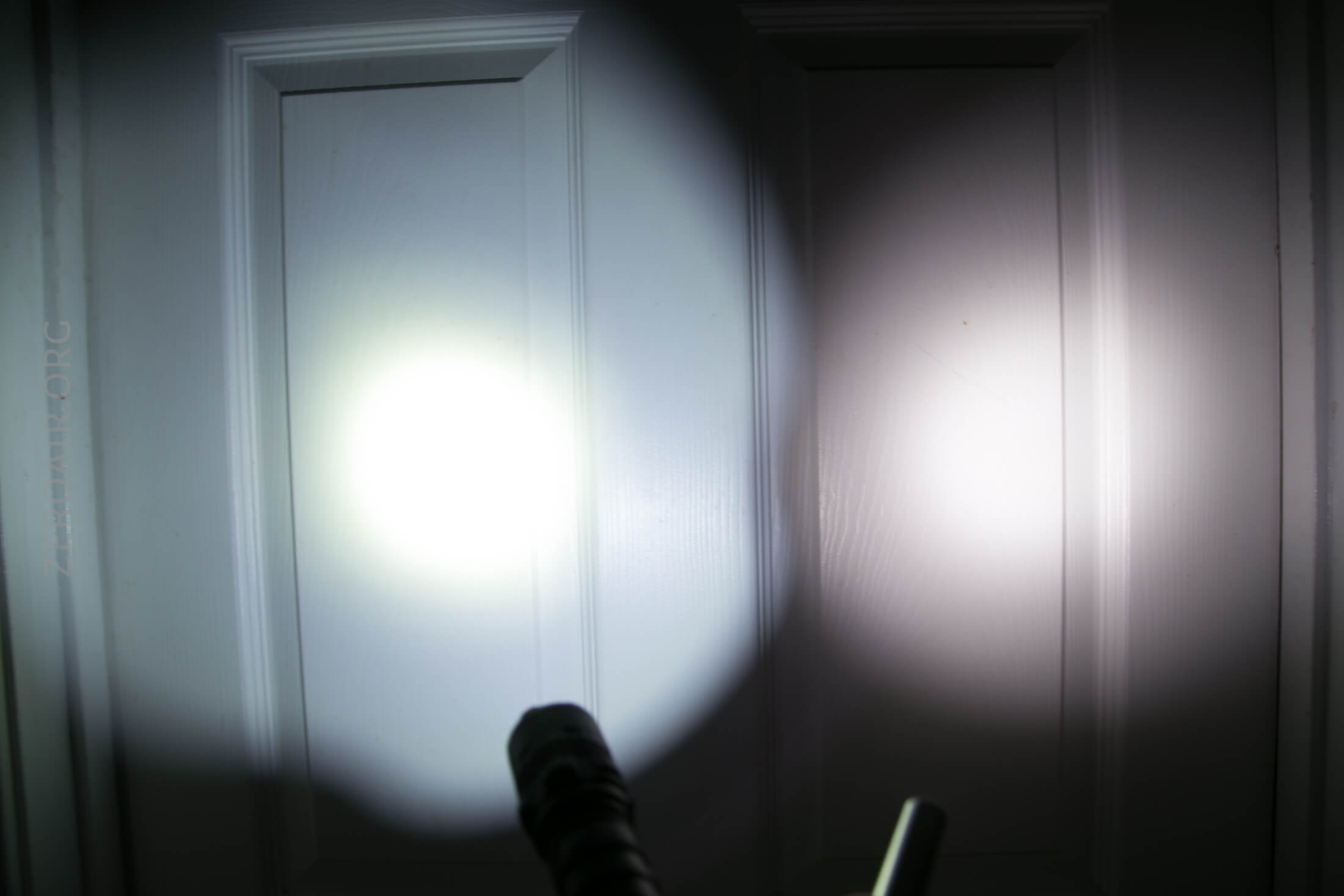

Sadly, they missed some pretty obvious options with the modes. Klarus got this right with the XT11GT, offering low/high access on their two switches in “outdoor” mode.
The way you placed the flashlight into the holster was wrong! It’s actually the other way around… Power button goes up and the led side sits in the base on the bottom!
Good call, thanks for the note. It just felt so right with the tailcap in that opening so perfectly.
Pingback: Nitecore P20v2 Flashlight Review – ZeroAir Reviews
The “bearings” on the bezel are actually ceramic glass breakers with a high rated hardness, making it easy to break glasses.